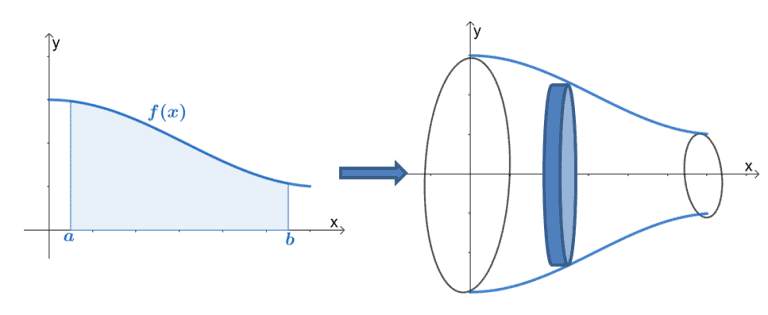

Although most of us think of a cylinder as having a circular base, such as a soup can or a metal rod, in mathematics the word cylinder has a more general meaning.

We can also calculate the volume of a cylinder. Although some of these formulas were derived using geometry alone, all these formulas can be obtained by using integration. The formulas for the volume of a sphere ( V = 4 3 π r 3 ), ( V = 4 3 π r 3 ), a cone ( V = 1 3 π r 2 h ), ( V = 1 3 π r 2 h ), and a pyramid ( V = 1 3 A h ) ( V = 1 3 A h ) have also been introduced. The volume of a rectangular solid, for example, can be computed by multiplying length, width, and height: V = l w h. Most of us have computed volumes of solids by using basic geometric formulas. Just as area is the numerical measure of a two-dimensional region, volume is the numerical measure of a three-dimensional solid. We consider three approaches-slicing, disks, and washers-for finding these volumes, depending on the characteristics of the solid. In this section, we use definite integrals to find volumes of three-dimensional solids. In the preceding section, we used definite integrals to find the area between two curves. 6.2.3 Find the volume of a solid of revolution with a cavity using the washer method.6.2.2 Find the volume of a solid of revolution using the disk method.6.2.1 Determine the volume of a solid by integrating a cross-section (the slicing method).


 0 kommentar(er)
0 kommentar(er)
